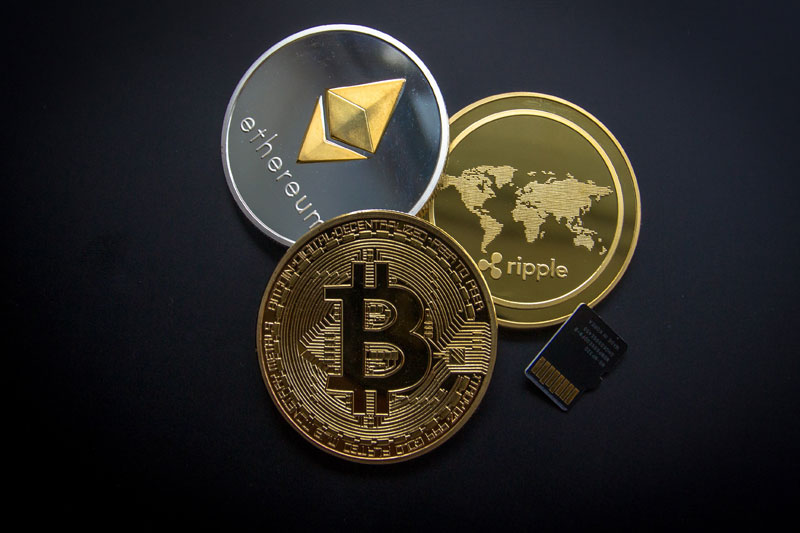- One transaction on the Solana network uses less energy than two Google (NASDAQ:GOOGL) searches.
- Also, 24 times less energy than charging your phone.
According to the Solana Foundation report, one transaction on the network of Solana blockchain consumes less energy than two Google searches, and 24 times less energy than charging your phone.
Solana is an open-source platform that banks on blockchain technology’s permissionless nature to provide DeFi solutions. According to CoinMarketCap, the SOL price is trading at $202.72, with a 24-hour trading volume of $2,268,058,898, at the press time.
SOL/USDT Price Chart (Source: TradingView)
One transaction on the network consumes 0.00051 kWh of energy, or 1,836 Joules. Google reports that an average search consumes 0.0003 kWh or 1,080 Joules of energy.
Perhaps more surprising is that the entire Solana network uses 3,186,000 kWh per year, the same amount as 986 households in the United States.
Solana Foundation hired Robert Murphy at the beginning of this year, to compose a report to frame the environmental impacts of transactions on the Solana network. Murphy founded Othersphere and was an Energy Specialist at the World Bank.
Solana’s network has fewer validator nodes than Bitcoin or Ethereum, with 1,196 nodes processing 20 million transactions per year, on average. As per the report, the Foundation plans to reduce the network’s energy by implementing a program by the end of the year, which will become carbon neutral and offset the network’s environmental footprint. It is not clear whether the network will purchase carbon offsets or if it will reduce its emissions.
Due to Solana (SOL)’s Proof of Stake consensus mechanism, the network is far less energy intensive than other networks utilizing Proof of Work mining, like Bitcoin (BTC) and Ethereum (ETH). In accordance with Statista, one Bitcoin transaction consumes 4,222,800,000 joules on average.
The technicality of network transactions means that a particular amount of energy is not used for every transaction. The network consumes the same amount of energy regardless of how many transactions it processes.
An Ethereum transaction uses about 644,004,000 joules, considering the average network size and number of transactions. Statista estimates that the energy consumption of one ETH transaction is equivalent to several thousands of VISA card transactions.
Following the switch to Proof of Take, ETH2 is expected to use around 99% less energy than the current mainnet.
The Ripple (XRP) protocol is another low-energy option, which uses 28,440 Joules per transaction. Approximately 79,000 hours of light could be generated by one million transactions on Ripple’s network.
In the same number of transactions, BTC would be able to power a light bulb for 4.51 billion hours. Thereby, Ripple claims that XRP is 57K times more efficient than BTC.
